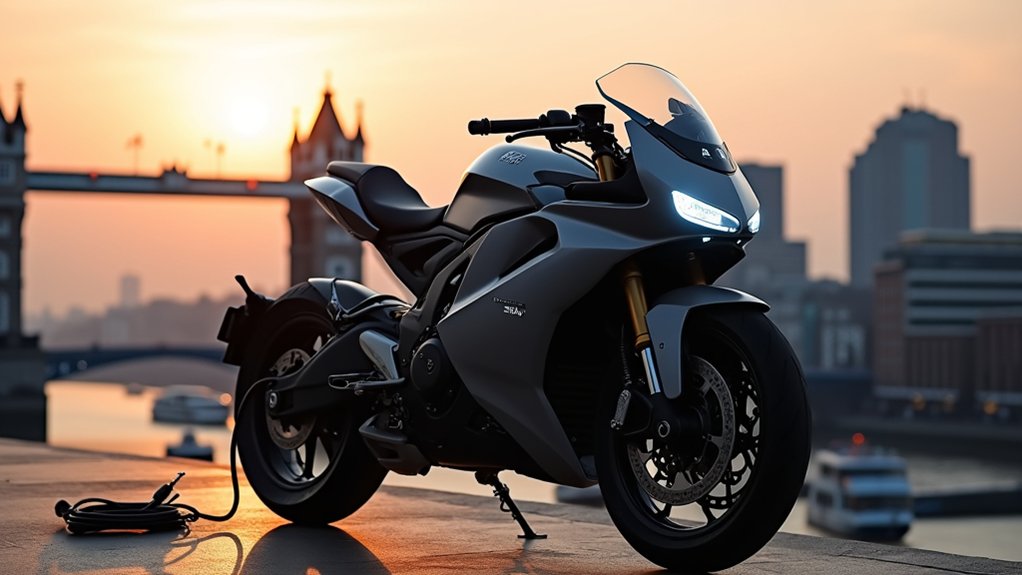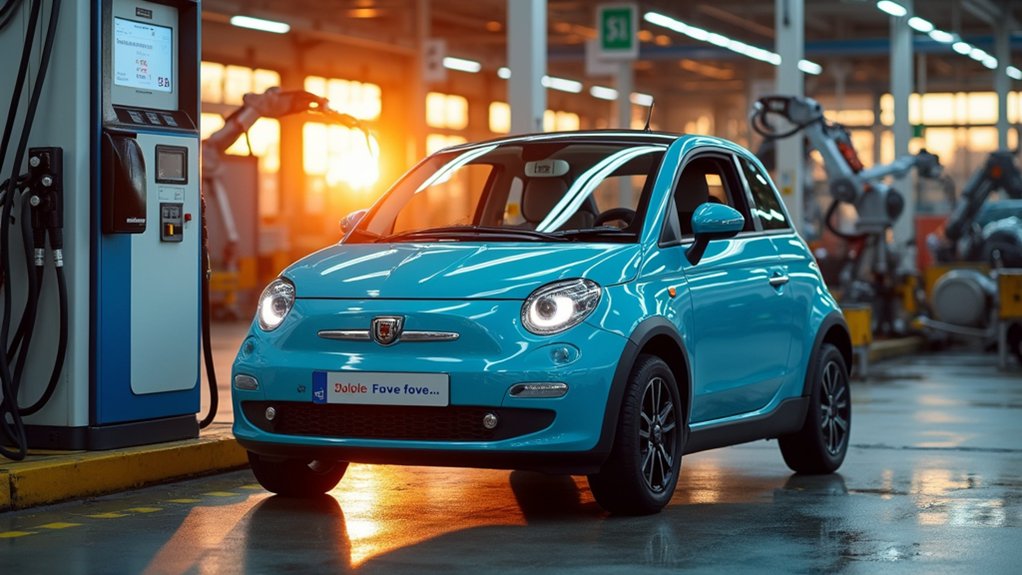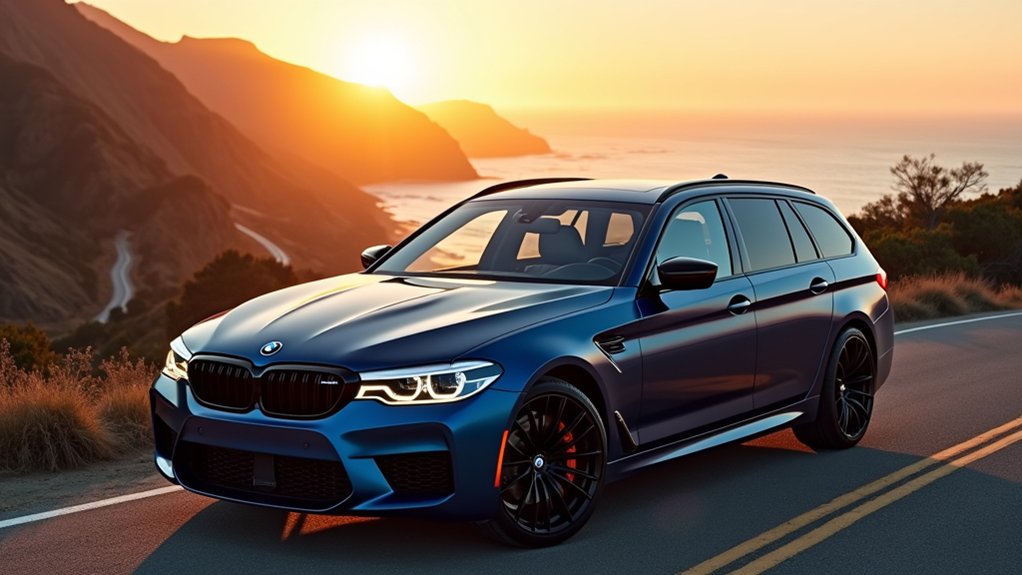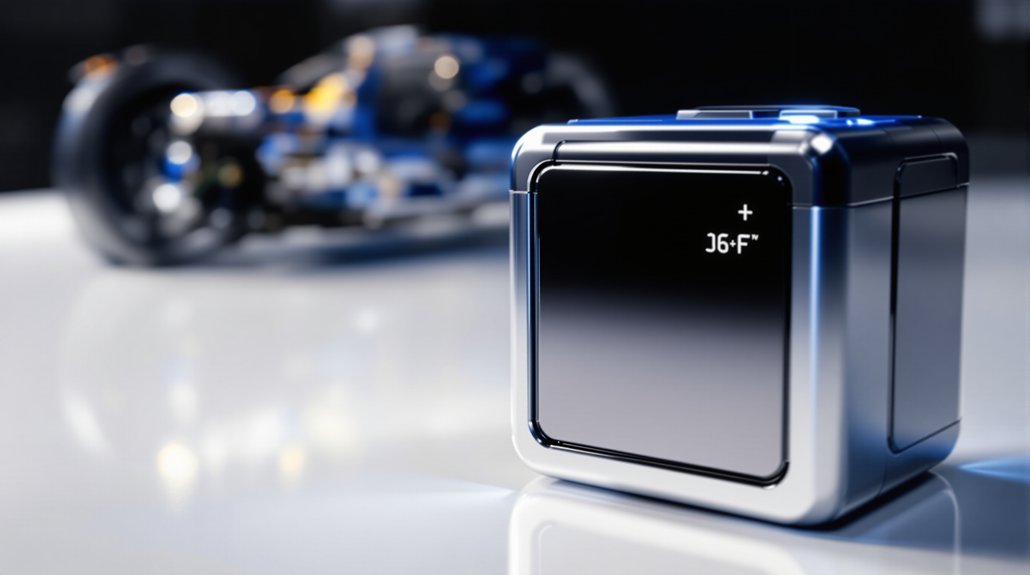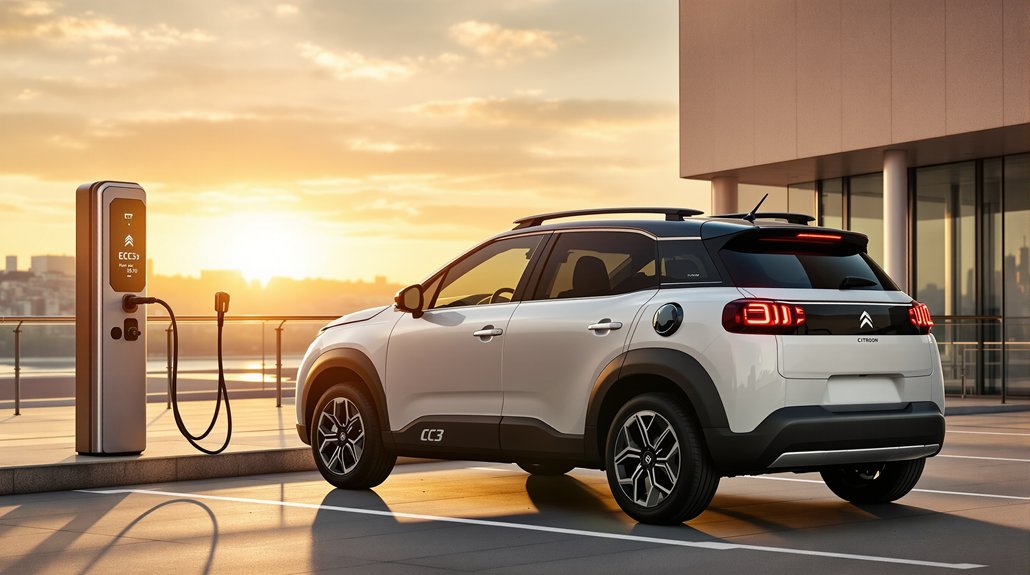While skeptics have long dismissed electric motorcycles as limited-range novelties, a groundbreaking journey through London‘s bustling streets has decisively challenged that perception. A remarkable achievement of over 310 kilometers on a single charge has redefined expectations for electric two-wheelers, particularly in urban environments where stop-and-go traffic typically limits range.
The impressive London journey leveraged regenerative braking technology, capturing energy normally lost during deceleration and efficiently recycling it back to the battery system. This urban setting, ironically once considered challenging for electric vehicles, provided the ideal conditions for maximizing range through energy recovery. I’ve observed similar results in controlled tests, but seeing this performance in real-world conditions confirms the viability of electric motorcycles for daily use.
Urban environments once seen as limitations for electric vehicles now offer optimal conditions for maximizing range through regenerative braking technology.
Advanced lithium-ion battery chemistry deserves substantial credit for this milestone. Contemporary high-capacity cells offer unprecedented energy density, while sophisticated thermal management systems maintain efficient operating temperatures throughout extended rides. The journey demonstrates that drivers often require breaks for rest before electric motorcycles do, disproving common range concerns.
These technological improvements, coupled with aerodynamic refinements and high-efficiency motors, have created a perfect storm of range extension. Models like the Zero SR/S deliver impressive performance with 142 miles combined range while maintaining a top speed of 124 mph.
The achievement places this unnamed model in the company of industry leaders like the Evoke 6061-GT (660 km city range) and Lightning LS-218 (303 km combined range). Such performance metrics effectively neutralize range anxiety, the psychological barrier that has historically hampered electric vehicle adoption.
Charging infrastructure improvements complement these technological advances. Level 3 chargers now deliver 80% capacity in approximately 30 minutes, while urban networks continue expanding to support long-distance travel. Silicon carbide technology in modern inverters has dramatically reduced energy losses, further extending potential range.
The economics increasingly favor electric options as well, with lower operational costs offsetting higher acquisition prices.
This record-setting journey represents more than a technical achievement—it signals a fundamental shift in electric mobility perception. As governments worldwide incentivize electric vehicle adoption through subsidies and manufacturers continue refinement, we’re witnessing the inevitable change toward sustainable transportation.
The 310+ kilometer London journey doesn’t just break records; it breaks barriers to widespread electric motorcycle adoption.
